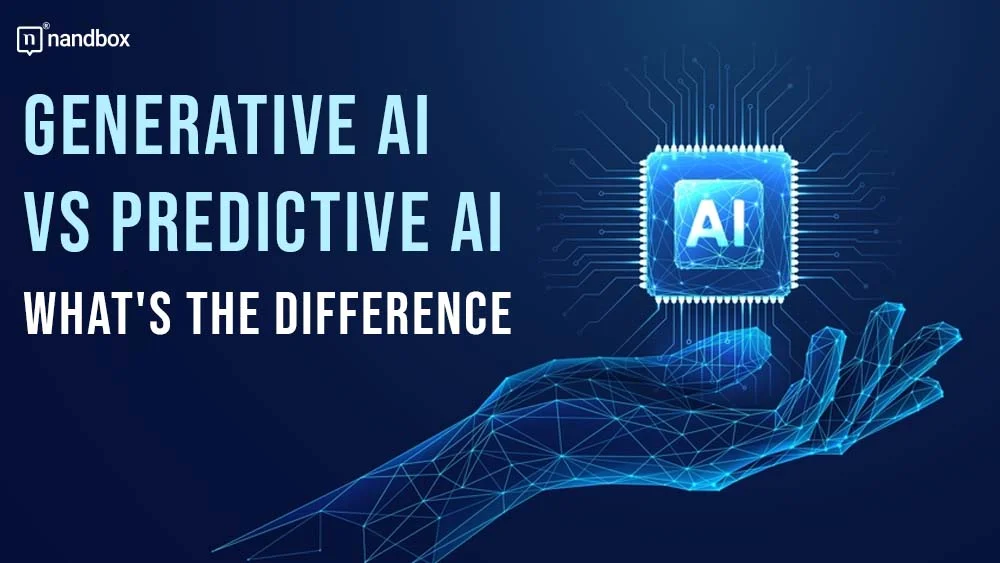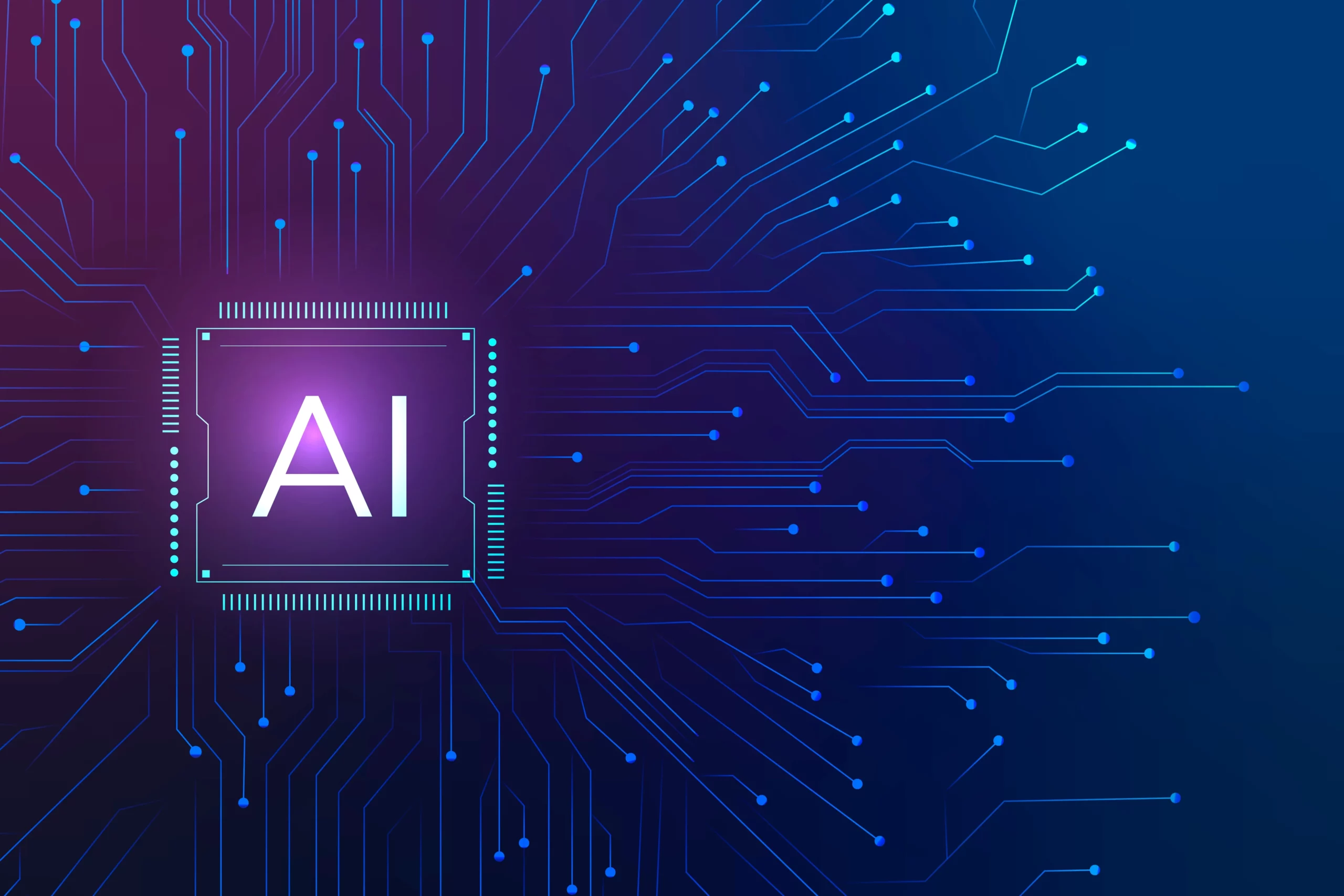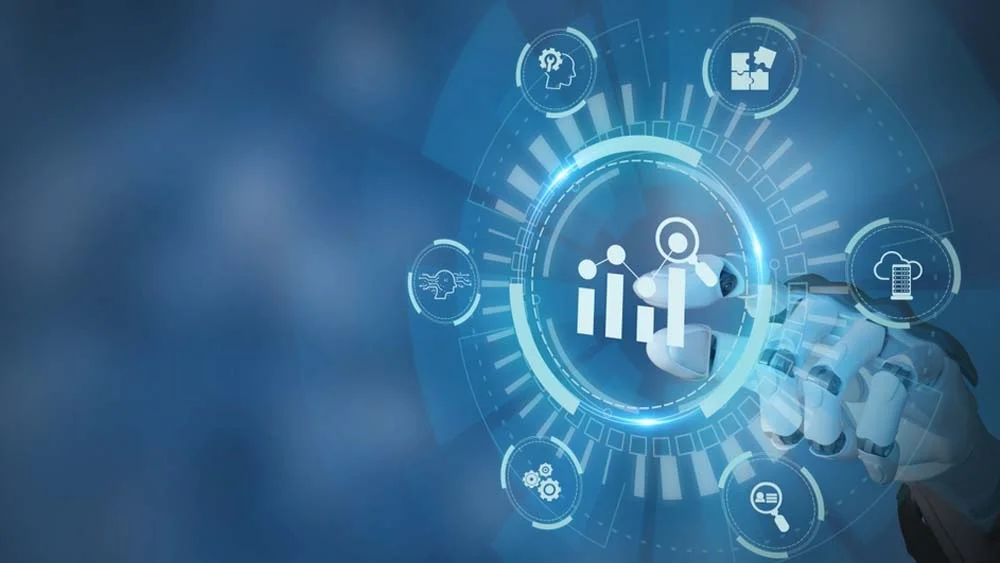Both generative AI vs predictive AI use cutting-edge artificial intelligence algorithms to solve challenging logistical and financial problems. Therefore, it is necessary to hire remote gen AI developers.
Generative AI, focuses on creativity and uses advanced modeling to generate in response to human commands.
- text,
- images,
- videos,
- and software code
Conversely, with its immense data sets, predictive AI is a reassuring tool that identifies trends over time. Its practical applications providing valuable insights and guiding decision-making.
- make deductions,
- forecast results,
- and propose patterns for the future,
Let’s look at generative and predictive AI, comparison, and list some applications for these two potent types of AI.
How Does Generative AI Work?
The following showcases the potential of generative AI and leaves the audience feeling optimistic about its future developments.
- Adversarial networks generate graphics, transcribe audio and video, and alter them for use in several languages.
- Variational autoencoders produce structured data.
- Diffusion models to produce pictures and videos in reaction to cues.
- Large language models (LLMs) are excellent at producing text. Still, more recent multimodal techniques can also be applied to other domains, like image creation, coding, robotics programming, and automation created in response to a text prompt.
How Does Predictive AI Work?
The following showcases what is predictive AI and its potential:
- Neural networks for diverse application areas.
- To identify correlations, use linear regression.
- Using logistic regression, categorize data.
- Assist vector machines in data classification.
- Using decision trees, estimate results.
- Data is classified using random forests.
- K-means clustering is used to group data.
- Data classification using a self-trained naive Bayes classifier.
Generative vs Predictive AI Advantages and Disadvantages
Advantages of Generative AI’s
- Automates the creation of code and other software development tasks.
- Streamlines the creation of fresh material.
- Summarizes intricate papers or collections of data.
- Utilizes unstructured data with ease.
- Produces clear, concise responses to challenging questions.
- Functions effectively with various modalities, including text, audio, video, robot instructions, and data types of generative AI.
Disadvantages of Generative AI’s
- Large carbon footprint.
- Generative AI models may be costly to retrain.
- Sensitive data is complex to get out of a model.
- The mechanisms underlying the outcomes are more difficult to understand or interpret.
Predictive AI’s Advantages
- Carry out analytics automatically.
- Simplifies intricate analysis.
- Simplifies the processing of data.
- Employs organized data.
- It can enhance analysis for known use cases.
- Functions well with time series and structured data.
Predictive AI’s Disadvantages
- Bias in the underlying data could be more pronounced.
- Training data should be supplemented with external, real-time data sources and feedback loops to provide models with the most recent data.
- Complex predictive AI models can become uninterpretable.
- While predictive models excel at detecting association, they may need help differentiating between cause and correlation.
- Excessive training on data and business cases may result in prediction bias.
Industry Applications of Generative AI and Predictive AI
Let’s look at a few examples of Gen AI and examples of Predictive AI:
- Text: Write believable content on a range of subjects. It can write annual reports, business correspondence, and rough drafts of articles.
- Visuals: Generate fresh settings, imitate a new painting, and produce realistic visuals in response to text instructions.
- Video: Using pre-existing photos, create brief films by automatically compiling video content from text.
- Music: Create new compositions and analyze data catalogs to compile fresh musical stuff.
- Product Design: It can take input from earlier iterations of a product and generate several potential modifications that could be included in a later edition.
- Personalization: Offer people customized experiences, product recommendations, and fresh content that closely aligns with their interests.
- Financial Services: Improves projections. Forecasting accuracy can be significantly increased by extracting information from a more extensive data collection and connecting financial data with other forward-looking company data.
- Fraud Detection: Observe unusual activity to detect possible fraud. In banking and e-commerce, an odd device, location, or request may not match customer behavior.
- Healthcare: Identifying people at higher risk, forecasting disease outbreaks, and identifying the most effective therapies.
- Marketing: Identify the best channels and messaging for your campaign. It can give marketing strategists the information they require to create campaigns that have an impact and increase success.
Predictive AI Vs. Generative AI Key Differences
You should hire generative AI developers to produce original text, music, video, and image material. Its objective is to create original, artistic outputs that resemble human patterns. Predictive AI, on the other hand, uses historical data to predict future events. Its main objective is to foresee possible events or trends by analyzing patterns in data.
Needs for Input and Output
Generative AI needs initial input to initiate the creative process, such as a prompt, seed, or example. Based on this input, generative AI creates new content.
Predictive AI, on the other hand, uses past data as input to generate predictions. Whereas predictive AI produces forecasts or predictions, generative AI produces creative content.
Instructional Data and AI Model Structures
Generative AI systems employ various methodologies, including
- neural networks,
- generative adversarial networks (GANs),
- and reinforcement learning,
to learn patterns from training data and generate creative outputs. Utilizing machine learning (ML) models and statistical algorithms, predictive AI examines data to identify patterns that can be used to forecast future events.
While predictive AI uses historical data linked to the precise event or consequence it intends to demand forecast, generative AI employs examples of the material it should create as training data.
Summarizing the Key Differences
| Generative AI | Predictive AI |
| AI focuses on creating fresh material. | Concentrates on projecting future occurrences. |
| Used to produce creative content such as realistic photos. | Utilized to spot trends and formulate forecasts. |
| Makes use of machine learning and neural networks. | Makes use of machine learning methods and statistical models. |
Takeaway
Two different techniques within the more prominent topic of artificial intelligence are generative AI and predictive AI. Predictive AI seeks to anticipate future events based on patterns found in historical data, whereas generative AI concentrates on producing unique and innovative material. Every strategy empowers various sectors and domains with its applications and use cases.
Understanding the differences between generative and predictive AI can help individuals and organizations use each technology’s advantages to boost creativity, spur innovation, and make well-informed decisions. The future of intelligent systems may be shaped by the synergistic fusion of generative and predictive methodologies, which could open up new avenues for AI research and development.







